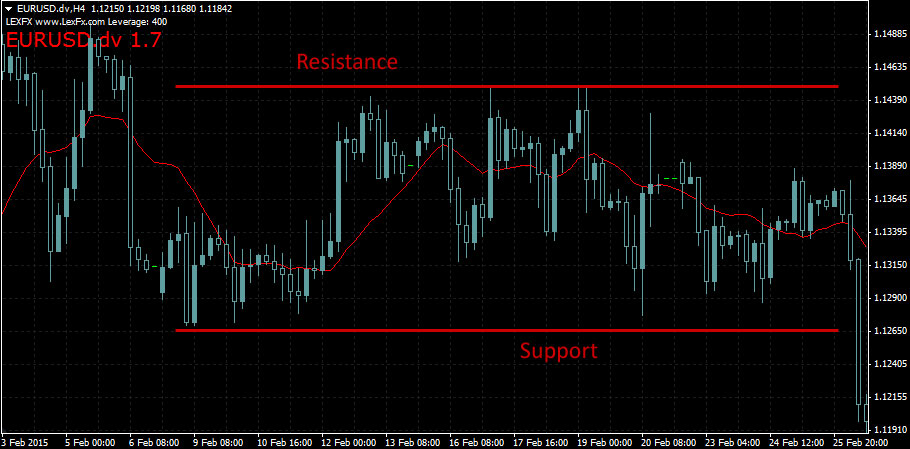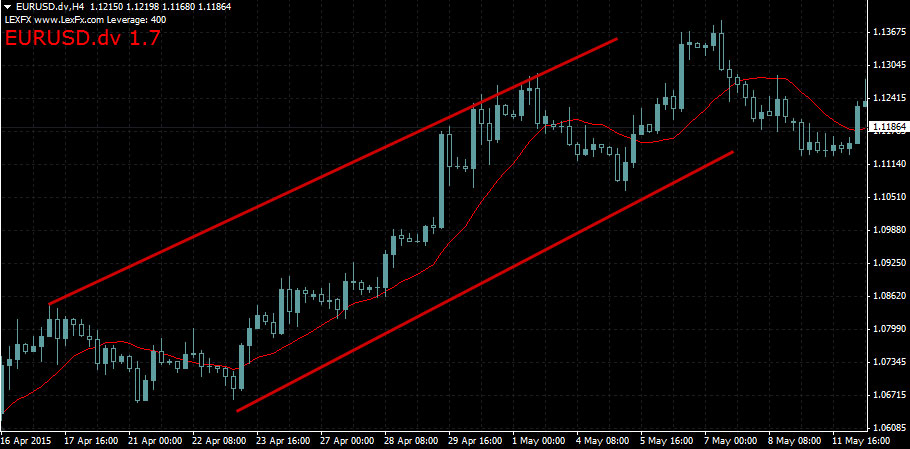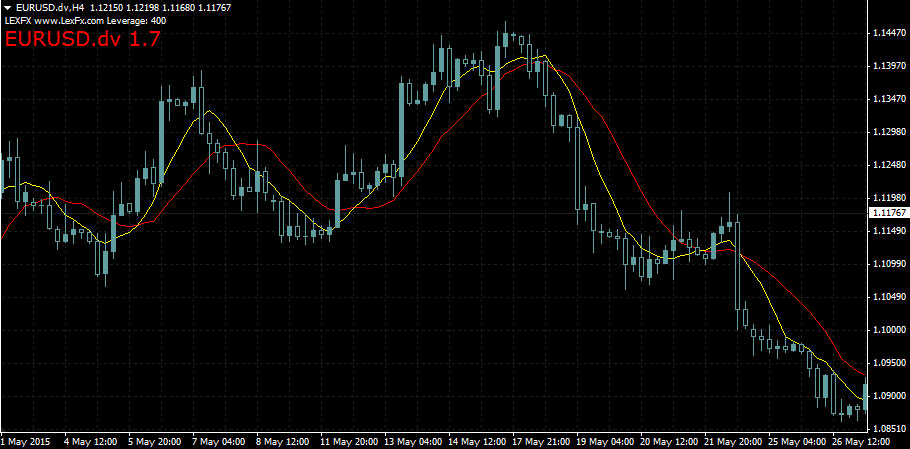COURSE 6 – BASIC TECHNICALS
Find The Trend
One of the first things you’ll ever hear in technical analysis is the following motto: “the trend is your friend”. Finding the prevailing trend will help you become aware of the overall market direction and offer you better visibility–especially when shorter-term movements tend to clutter the picture. Weekly and monthly charts are most ideally suited for identifying that longer-term trend. Once you have found the overall trend, you could select the trend of the time horizon in which you wish to trade. Thus, you could effectively buy on the dips during rising trends, and sell the rallies during downward trends.
Support & Resistance
Support and resistance levels are points where a chart experiences recurring upward or downward pressure. A support level is usually the low point in any chart pattern (hourly, weekly or annually), whereas a resistance level is the high or the peak point of the pattern. These points are identified as support and resistance when they show a tendency to reappear. It is best to buy/sell near support/resistance levels that are unlikely to be broken.
Once these levels are broken, they tend to become the opposite obstacle. Thus, in a rising market, a resistance level that is broken, could serve as a support for the upward trend, whereas in a falling market; once a support level is broken, it could turn into a resistance.
Lines & Channels
Trend lines are simple, yet helpful tools in confirming the direction of market trends. An upward straight line is drawn by connecting at least two successive lows. Naturally, the second point must be higher than the first. The continuation of the line helps determine the path along which the market will move. An upward trend is a concrete method to identify support lines/levels. Conversely, downward lines are charted by connecting two points or more. The validity of a trading line is partly related to the number of connection points. Yet it’s worth mentioning that points must not be too close together.
A channel is defined as the price path drawn by two parallel trend lines. The lines serve as an upward, downward or straight corridor for the price. A familiar property of a channel for a connecting point of a trend line is to lie between the two connecting point of its opposite line.
Moving Averages
If you believe in the “trend-in-your-friend” tenet of technical analysis, moving averages are very helpful. Moving averages tell the average price in a given point of time over a defined period of time. They are called moving because they reflect the latest average, while adhering to the same time measure.
A weakness of moving averages is that they lag the market, so they do not necessarily signal a change in trends. To address this issue, using a shorter period, such as 5 or 10 day moving average, would be more reflective of the recent price action than the 40 or 200-day moving averages.
Alternatively, moving averages may be used by combining two averages of distinct time- frames. Whether using 5 and 20-day MA, or 40 and 200-day MA, buy signals are usually detected when the shorter-term average crosses above the longer-term average. Conversely, sell signals are suggested when the shorter average falls below the longer one.
There are three kind of mathematically distinct moving averages: Simple MA; Linearly Weighted MA; and Exponentially Smoothed. The latter choice is the preferred one because it assigns greater weight for the most recent data, and considers data in the entire life of the instrument.



